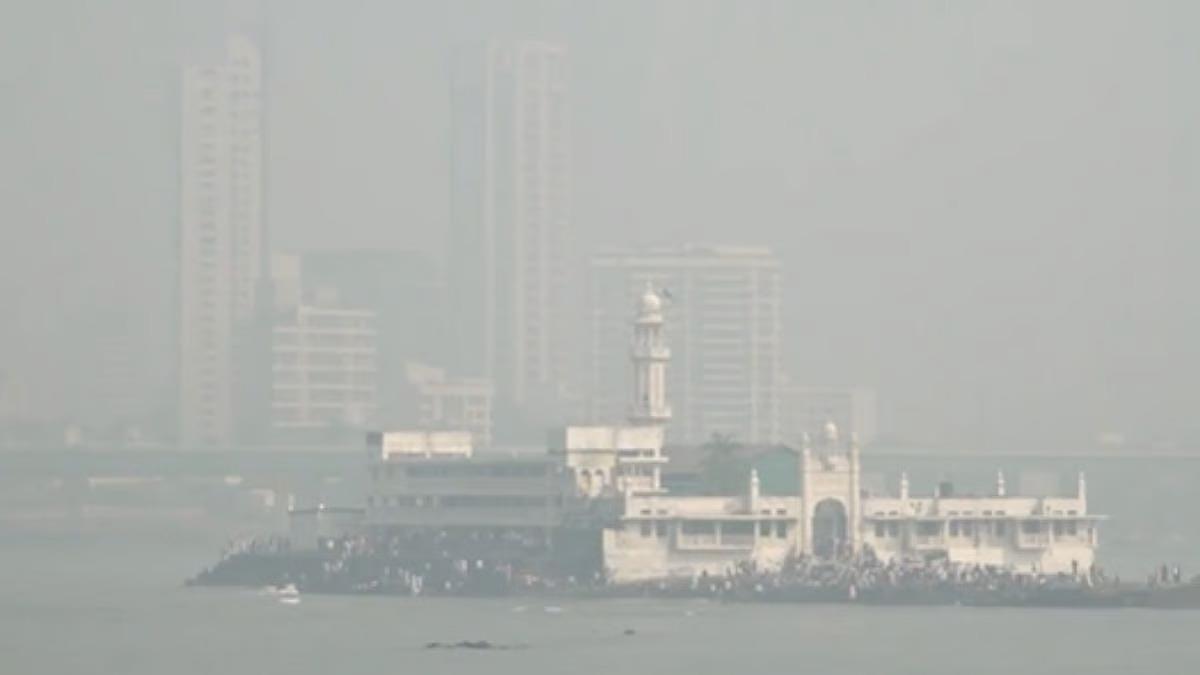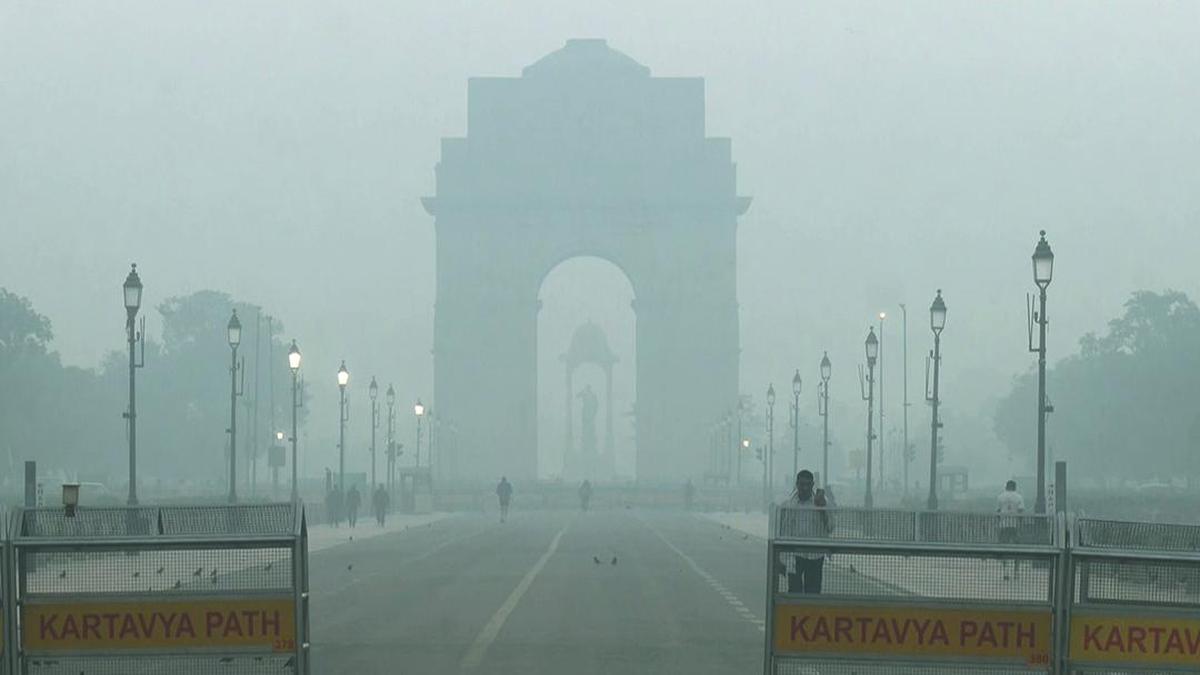Views
293
Mumbai doesnt knock before opening the skies. One minute, its humid and heavy; the next, its a full orchestra of thunder and sweeping rains. But these days, the monsoon is arriving earlier than expected, catching not just Mumbaikars off guard, but also the citys trees.
Weve always known the rains as life-givers. Yet, like most gifts from nature, timing is everything.
The Flip Side of Early Showers
Early rains may seem like a blessing in a city gasping for cooler air, but for young trees, its a different story.
Imagine being a newly planted sapling, just beginning to stretch your roots. Now imagine a sudden, intense downpour, before youve had time to settle. These premature showers can erode topsoil, displace saplings, and lead to root rot due to waterlogging.
According to the Indian Institute of Tropical Meteorology, Mumbais monsoon onset has advanced by nearly 47 days over the past two decades, and its not just earlier, its more intense. In an already dense and overburdened urban forest, such unpredictability makes survival even harder for trees.
But This Year Was Different
When the first rains touched the soil this May, weeks ahead of schedule, the Grow-Trees.com team wasnt anxious. They were ready.
Why?
Because preparation met opportunity.
At Grow-Trees.com, weve spent years aligning our plantation cycle with the natural rhythms of each region we serve. In areas like Maharashtra, Madhya Pradesh, and Rajasthan, where the monsoon typically begins in June, our planting calendar runs from June to September, covering a full seasonal cycle to give saplings the best chance of survival.
However, we recognize that Indias ecological diversity demands different strategies. In states like Tamil Nadu, Andhra Pradesh, and West Bengal, where rainfall patterns vary significantly, planting timelines are adapted to match local climatic conditions.
This regional awareness is crucial. And this May, in areas where the monsoon came early, we were ready.
Thanks to proactive site preparation, detailed assessments, and local community mobilization, our partners had already tilled the land and readied the saplings. So when the early rains arrived, they met soil that was ready to absorb, not resist, the downpour.
This wasnt a coincidence. It was the result of listening to the land, learning from experience, and living in sync with a changing climate.
Subscribe to our newsletter and recieve a selection of our cool articles every week.

When Mumbai’s Morning Haze No Longer Feels Like Home
Mumbai Weather Update: AQI Turns Severe as Thick Haze Persists, Free Press Journal (FPJ).
Nov 24, 2025

Delhi Is Gasping Again, And This Time, Even the Clouds Refused to Help
Delhi is choking again. AQI levels have slipped into the ‘severe’ zone, cloud seeding failed, and emergency measures barely make a dent. Because the city doesn’t need one-off fixes, it needs long-term healing. Trees remain the simplest, most effective answer. They absorb carbon, trap dust, cool the air, and act as natural lungs. If Delhi wants cleaner winters, it needs more green cover, not just temporary interventions. Clouds may not cooperate, but trees always will.
Nov 17, 2025
Copyrights @ 2025 All rights reserved by Pangea EcoNetAssets Pvt Ltd.